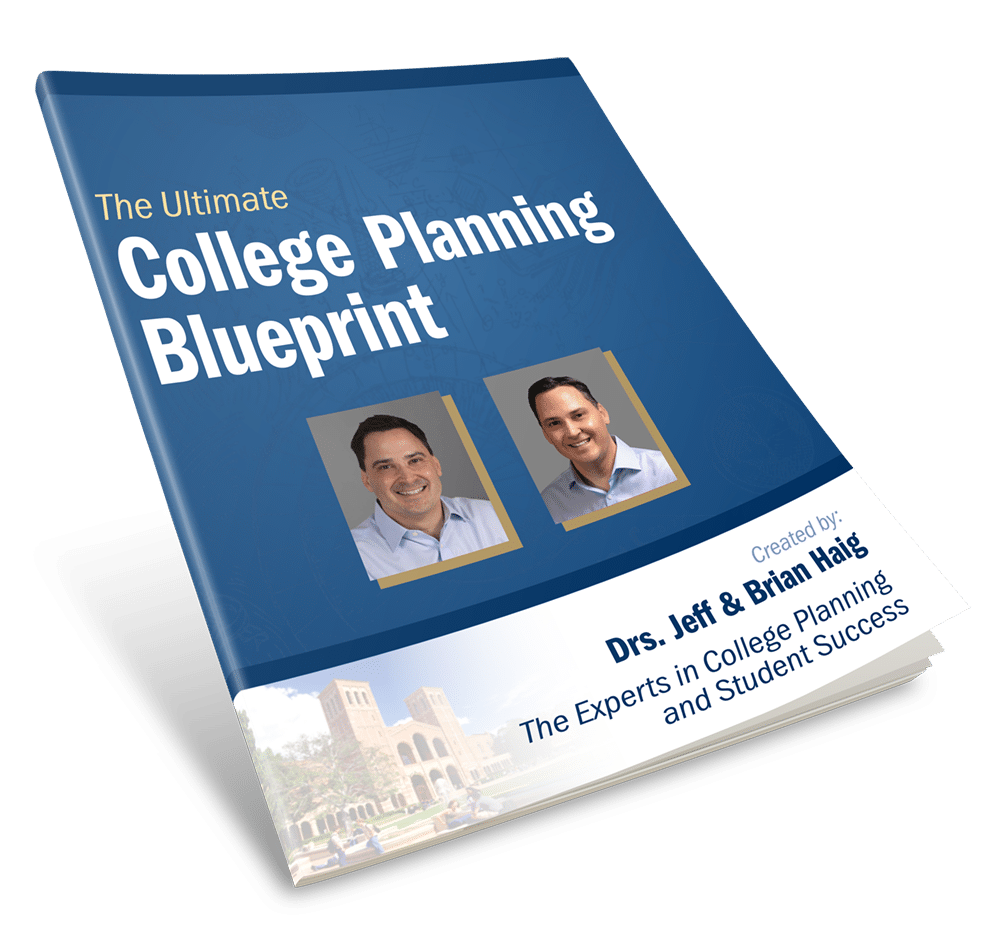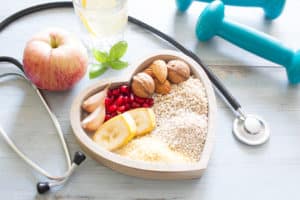 Health and fitness is a subject not commonly talked about in the realm of college planning and student success, but it is an important, foundational area in a student’s overall success game plan. Research has shown that there are significant benefits to eating a nutritious diet and incorporating a regular exercise regimen into a student’s life. In fact, not adhering to a healthy diet and leading a sedentary lifestyle has been shown to have many negative success performance outcomes. And it is how students intentionally approach the success roadmap by making health and fitness an essential part of their lives that makes all the difference. In this article, we are going to show you what the hard facts are–what the research has shown about how incorporating a healthy diet and regular exercise is crucial, and a game changer, to the success of a student, and his/her ability to reach his/her full educational potential.
Health and fitness is a subject not commonly talked about in the realm of college planning and student success, but it is an important, foundational area in a student’s overall success game plan. Research has shown that there are significant benefits to eating a nutritious diet and incorporating a regular exercise regimen into a student’s life. In fact, not adhering to a healthy diet and leading a sedentary lifestyle has been shown to have many negative success performance outcomes. And it is how students intentionally approach the success roadmap by making health and fitness an essential part of their lives that makes all the difference. In this article, we are going to show you what the hard facts are–what the research has shown about how incorporating a healthy diet and regular exercise is crucial, and a game changer, to the success of a student, and his/her ability to reach his/her full educational potential.

First, research has shown that students who have poor eating habits experience more than just increased weight. Poor eating is associated with lower grades, a higher incidence of illness, and increased fatigue. Poor eating also leads to a higher risk of depression, anxiety, irritability, difficulty concentrating, menstrual problems, and sleep disturbances. All these negative effects ultimately lead to an overall poor academic performance, an increased dropout rate, and a higher incidence of disciplinary problems. Just by not being intentional in what a student puts into his/her body, an abundance of negative attributes is correlated—all of which do nothing to help a student get ahead in life. Therefore, learning how to eat well is a crucial foundational strategy that every student must learn if he/she wants to maximize his/her educational performance.
What students need to know is that what they eat does more than provide fuel, or lack of fuel. The food choices they make directly determine the level at which their bodies will perform. Lackluster energy can almost always be traced back to poor food choices. Simply, we are what we eat. And you better believe the higher quality, cleaner, and the more nutritious the food choices students make, the higher the energy levels, cognitive and overall brain function and performance the student will experience.
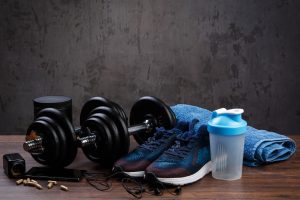
What is the recommendation for health and fitness?
So, what is the recommendation for health and fitness, and how should students incorporate these success habits into their lives? Let’s start with healthy eating.
Healthy eating involves many different factors, but the one key factor that all healthy foods have in common is that they all come directly from nature. Good, healthy foods are grown, produced, and sold to you without added chemicals and without being processed in manufacturing plants. If a food has to be chemically altered while being grown, is taken through a multi-step manufacturing process or has been packaged to preserve it for the next decade, then that food is probably not the healthiest choice. In a nutshell, healthy foods are whole foods that come directly from nature, such as fruits, beans, nuts, grains, fish, eggs, and oatmeal.
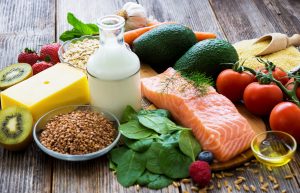
However, there’s a lot more to healthy eating than just concentrating on healthy foods. There are many resources available to help students understand the foundational building blocks of what healthy eating is all about. These include health-related books, scientific publications, and health courses students can take. The US Department of Agriculture (USDA) has compiled the most up-to-date information about healthy eating, has made it easy to understand, and has made it available 24 hours a day/ 7 days a week! You can find this information at www.choosemyplate.gov. This is a government website that helps individuals eat healthy by breaking down the five food groups that are the building blocks of a healthy diet using a familiar image—a place setting for a meal.
There are 10 healthy eating tips that are taken directly from the www.choosemyplate.gov website.
These 10 healthy eating tips are the following:
1. Find your healthy eating style
Creating a healthy style means regularly eating a variety of foods to get the nutrients and calories you need. MyPlate’s tips help you create your own healthy eating solutions—“MyWins.”
2. Make half your plate fruits and vegetables
Eating colorful fruits and vegetables is important because they provide vitamins and minerals and most are low in calories.
3. Focus on whole fruits
Choose whole fruits—fresh, frozen, dried, or canned in 100% juice. Enjoy fruit with meals, as snacks, or as a dessert.
4. Vary your veggies
Try adding fresh, frozen, or canned vegetables to salads, sides, and main dishes. Choose a variety of colorful vegetables prepared in healthful ways: steamed, sauteed, roasted, or raw.
5. Make half your grains whole grains
Look for whole grains listed first or second on the ingredients list—try oatmeal, popcorn, whole-grain bread, and brown rice. Limit grain-based desserts and snacks, such as cakes, cookies, and pastries.
6. Move to low-fat or fat-free milk or yogurt
Choose low-fat or fat-free milk, yogurt, and soy beverages (soymilk) to cut back on saturated fat. Replace sour cream, cream, and regular cheese with low-fat yogurt, milk, and cheese.
7. Vary your protein routine
Mix up your protein foods to include seafood, beans and peas, unsalted nuts and seeds, soy products, eggs, and lean meats and poultry. Try main dishes made with beans or seafood like tuna salad or bean chili.
8. Drink and eat beverages and food with less sodium, saturated fat, and added sugars
Use the Nutrition Facts label and ingredients list to limit items high in sodium, saturated fat, and added sugars. Choose vegetable oils instead of butter, and oil-based sauces and dips instead of ones with butter, cream, or cheese.
9. Drink water instead of sugary drinks
Water is calorie-free. Non-diet soda, energy or sports drinks, and other sugar-sweetened drinks contain a lot of calories from added sugars and have few nutrients.
10. Everything you eat and drink matters
The right mix of foods can help you be healthier now and into the future. Turn small changes into your “MyPlate, MyWins.”
Exercise
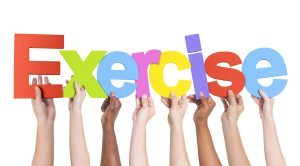
So, what is a good exercise program, and how much do you need to exercise? The core of a solid, comprehensive exercise program comes down to two key components: aerobic training and resistance training. Any regular fitness regimen should include both of these types of exercise, as each offers entirely different benefits to your body. Combined, they comprise an overall workout that will give you strength, flexibility, endurance, cardiovascular conditioning, and improved brain function.
Aerobic training
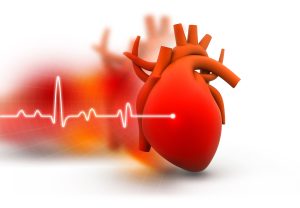
If you want to achieve even greater health benefits, it’s highly recommended that you engage in physical activity that lasts longer than 30 minutes and is more vigorous than a moderate-intensity workout. To help manage your body weight, especially as you reach adulthood, the USDA recommends at least 60 minutes of moderate-to-vigorous-intensity activity on most days of the week, while not exceeding your recommended daily consumption.
Resistance training
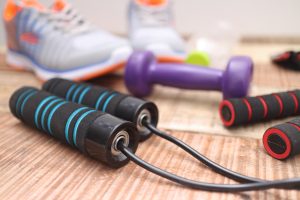
Some examples of resistance training exercises are push-ups, pull-ups, and sit-ups—all of which you can do at the gym using weights or at home using only your body. For other types of resistance-training exercises, including biceps and triceps curls, shoulder lifts, and back exercises, it’s recommended that you use some weight to aid in toning your muscles and increasing your strength. A good goal to work toward is eight to twelve repetitions of six to eight strength-training exercises at least twice per week.
We hope this article has helped you understand the importance that both health and fitness play in the overall formula of student success.
Dr. Jeff and Dr. Brian Haig

